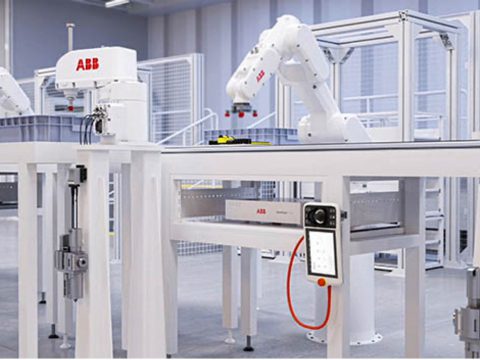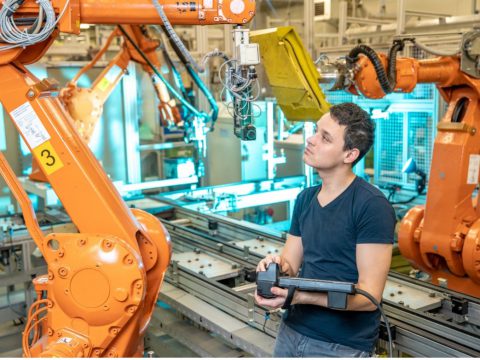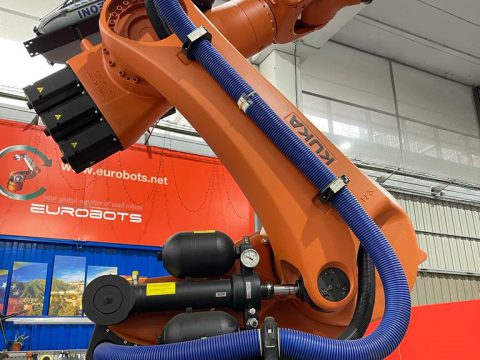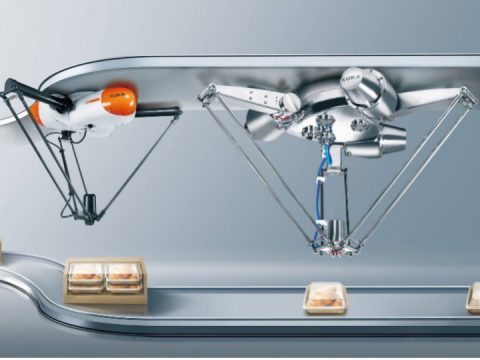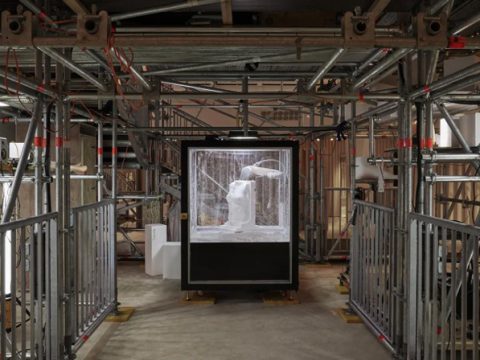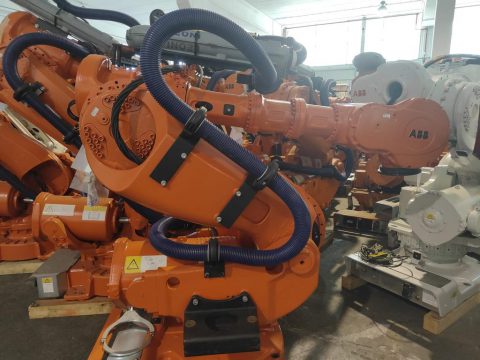THE NEW FRONTIER OF ROBOTIC DEBURRING
In an effort to maximise the productivity of robots in industrial facilities, Productivity Inc. has presented an innovative demonstration highlighting the versatility and efficiency of its automation solutions. The company demonstrated how a single robot can perform multiple tasks, beyond simple part loading and unloading, using ATI’s QC-11 tool changer and RCT-151 radially compliant deburring



